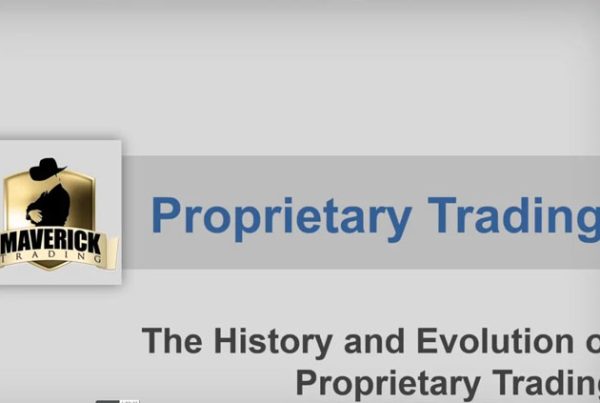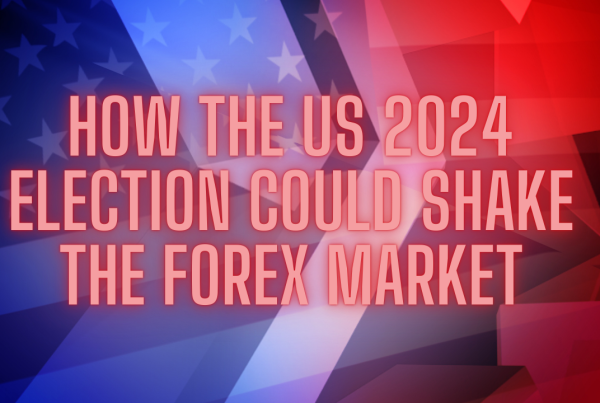The Trump Trade Returns: Election Risks Drive Market Volatility
The latest data from prediction platforms are showing Trump’s odds of reclaiming the Oval Office shooting past 60%, with talk of a Red Sweep gaining traction. And this isn’t just making headlines—it’s moving markets. As the 2024 U.S. presidential election heats up, the Trump Trade is back, steering market sentiment and shaping financial decisions across bonds, equities, and currency markets. With Donald Trump leading the Republican race, investors are recalibrating their strategies in anticipation of policies reminiscent of his previous tenure, including tax cuts, deregulation, and potential trade disruptions. Election risks are amplifying volatility, creating both challenges and opportunities for traders and long-term investors.
Bond Markets: Rising Yields Signal Inflation Concerns
The possibility of Trump’s return has fueled speculation that fiscal stimulus could revive inflation pressures. As a result, bond investors are adjusting portfolios, pushing U.S. Treasury yields higher. Concerns that inflation might persist have also tempered expectations of near-term interest rate cuts from the Federal Reserve. A Trump-led administration could accelerate spending initiatives, putting additional upward pressure on bond yields.
Currency Market Volatility: Will the Dollar Weaken?
Currency markets are on high alert, with the U.S. dollar strengthening amid political uncertainty. However, speculation remains about whether a Trump-controlled Treasury might pursue active dollar-weakening policies to boost U.S. exports. Historically, Trump’s stance on trade deficits and international competitiveness hinted at a preference for a weaker dollar, making this a key focus for forex traders in the coming months.
Stock Markets: Sector Winners and Losers
Trump’s potential policy shifts are causing ripple effects across equities. Sectors like energy and defense may benefit from deregulation and increased government spending, while industries dependent on international trade, such as manufacturing and technology, could face headwinds from trade disruptions. Investors are positioning their portfolios based on which sectors are likely to thrive or struggle under these potential changes.
Navigating Election Risks: Key Strategies for Investors
Managing risks in the lead-up to the election requires careful planning. Investors can:
- Diversify portfolios to hedge against market fluctuations.
- Monitor central bank policies, especially the Federal Reserve’s stance on interest rates.
- Use forex hedges to mitigate currency risks if the dollar weakens.
- Focus on defensive sectors like healthcare, which tend to be less sensitive to political change.
Preparing for Market Shifts Ahead
The Trump Trade’s resurgence reflects the heightened election risks and uncertainty permeating the markets. With shifts across bonds, currencies, and stocks, investors must remain vigilant and prepared for different scenarios. Whether Trump returns to office or not, understanding these trends will be essential for capitalizing on opportunities and managing risks effectively
Learn more by clicking below





